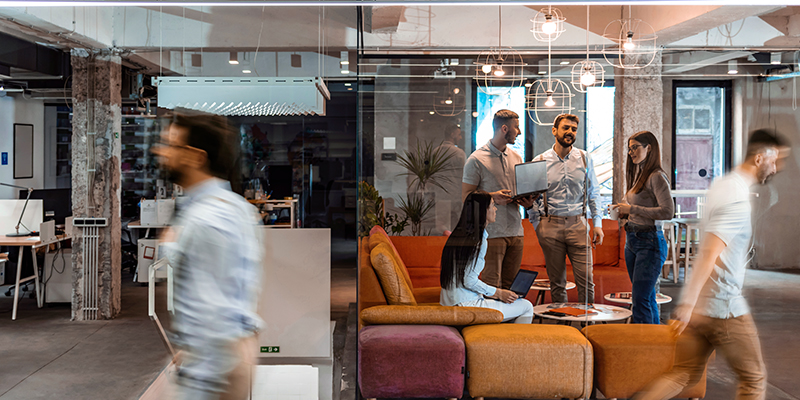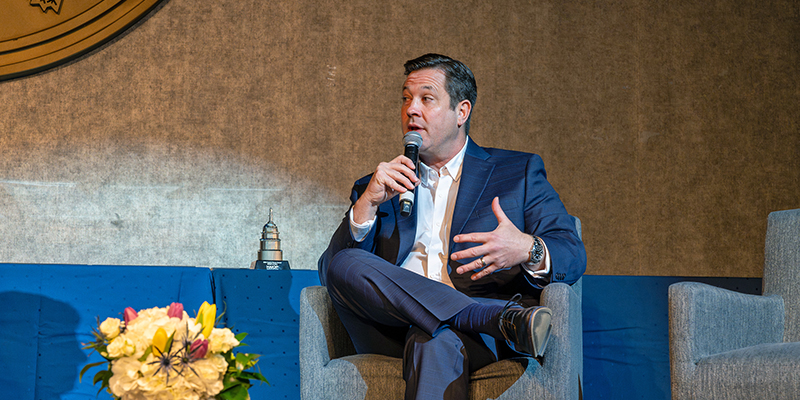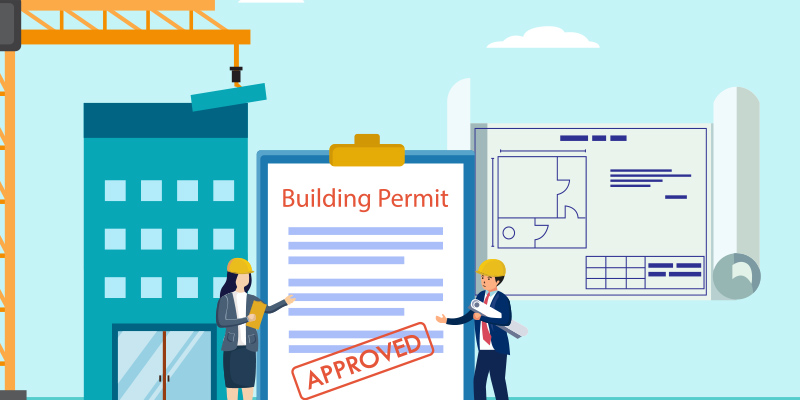Office workers around the globe scrambled to suddenly work from home in March 2020 at the beginning of the COVID-19 pandemic. As the global pandemic raged from weeks to months to years, we adapted to virtual meetings and new ways of working. It fundamentally changed how we work and our expectations of the office. Over a period of time, Gensler surveyed 2,000 U.S. workers as they were returning to the office to understand the new role of the office, what’s working and not, and what’s missing in the work experience.
The Role of the Office has Shifted
Throughout the pandemic, we conducted 11 workplace research surveys — six alone in the U.S. — to capture how the pandemic has shaped the workplace experience. During this time, the top-ranked reason cited by employees to return to the office was “working in-person with my team/colleagues” — consistent across countries, generations, and industries. In our latest research, “to focus on my work” emerged as the top-ranked reason workers say they are coming into the office. Work activities based in the physical space, such as access to technology, scheduled meetings, and access to specific spaces, materials, and resources, also rise to the top.
What’s Working? What’s Not?
Gensler has been measuring workspace effectiveness since 2008, and we have seen it change over time. In our last pre-pandemic survey, we saw space effectiveness plummet across five work modes — working alone, working with others in person, working with others virtually, socializing, and learning. This drop signaled that the workplace was not working; noise, interruptions, distractions, and lack of privacy were all issues at that time.
Our recent workplace research shows that workers returning to the office rate the space effectiveness well for working with others in-person, learning, and socializing; however, ratings of workplace effectiveness for working alone and working with others virtually are at an all-time low.
The workplace doesn’t seem to be working for the critical activity in which employees spend most of their time: working alone (34% of a typical work week). Workers say that 69% of working alone requires a high level of concentration. Providing the right physical work environment, which minimizes noise, distractions, and interruptions, is important to keep people focused on their work and working at their best.
What’s Missing?
In our survey, we described eight everyday experiences that respondents could relate to — ranging from library, conference center, residential, to a boutique hotel — and respondents could select experiences and toggle each to create a pie chart of their ideal mix. When we segmented the responses by generation, experiences like a coffee shop, boutique hotel with hospitality-infused spaces, and informal collaboration rose to the top for the younger generations.
In a follow-up question, we got a surprise. We asked workers if their company provided their ideal work experience mix, would they be willing to come into the office more often. 42% said they would return one day/week more, and another 24% said they would return full-time to the office. In total, 83% of employees would willingly return more often for their ideal mix of experiences.
Hybrid is Here to Stay — the Workplace is Here to Stay Too
People prefer the office, but only if it supports their work. This research finding was true in 2019, as workers were already working both in and out of the office pre-pandemic, and it still holds today. In our latest research, we still see office workers who work in high-performing workplaces prefer to work at their company’s office space for a wide range of critical work activities ranging from deep concentration to writing/coding, to thinking/ideating, to hosting or attending calls.
In fact, workers in high-performing workplaces not only say that they prefer the office, but they also say that they need to be in the office more often than they are currently to maximize their individual and team productivity. And high-performing workplaces positively impact both individual outcomes like career advancement, work/life balance, and personal health and well-being, as well as organizational outcomes like speed of decision-making and quality of your team’s work or services.
The workplace must adapt to meet workers’ changing needs and expectations. First, the physical work environment should be designed to support the work. When it is effective, a well-designed workplace can also strongly impact the overall work experience. Together, effectiveness and experience can not only positively impact enterprise outcomes but create workplaces where people want to be.














